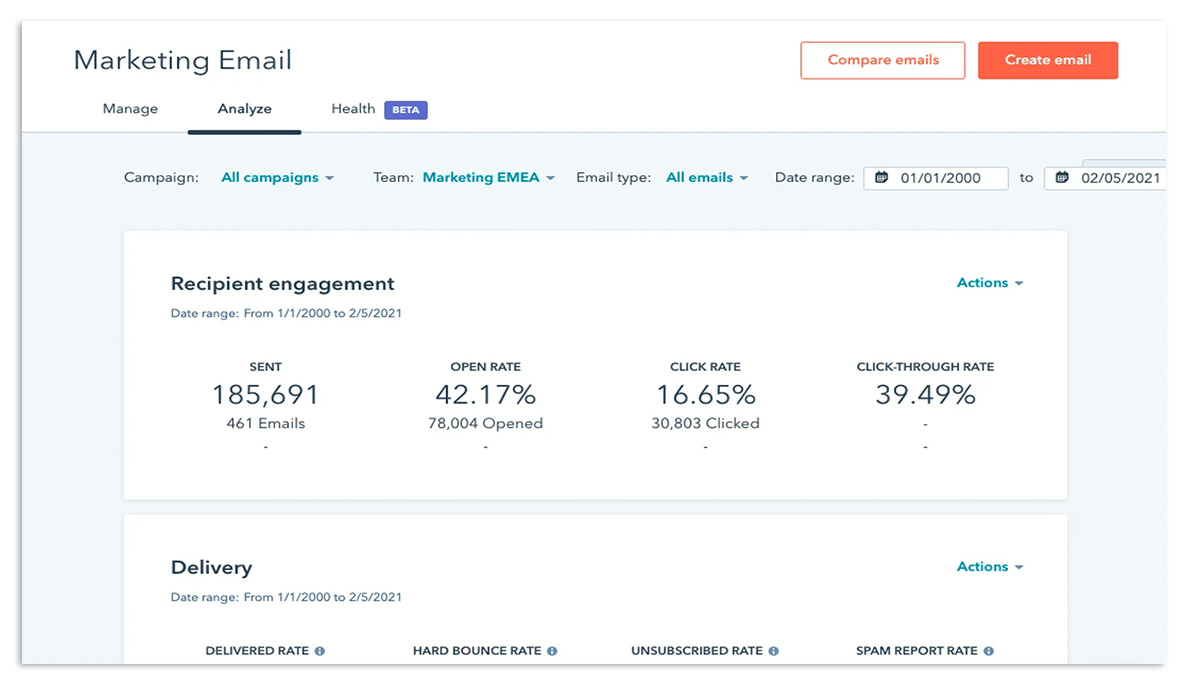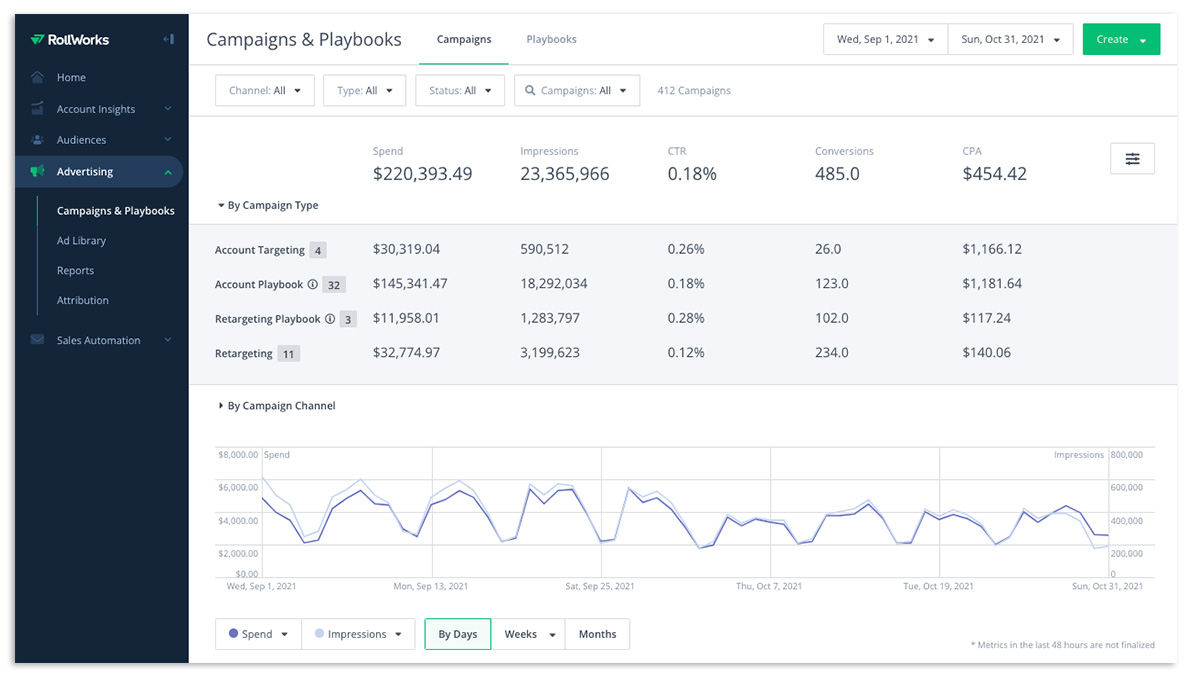Inbound Marketing Agency London
Need help building a winning pipeline of opportunities and a roadmap to ensure your organic content brings your software or technology company revenue?
Try our personalised go-to-market solutions that attract quality leads with our award-winning inbound approach.
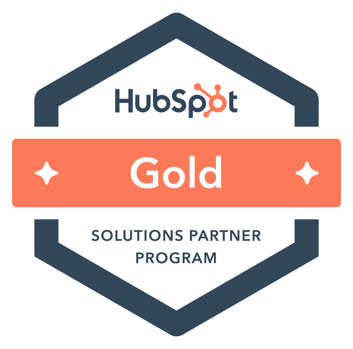
Convert your key personas with a high-conversion inbound marketing strategy
The biggest challenge for a go-to-market team is finding the right content and collateral mix to attract, engage, and convert new business. HubSpot's powerful customer platform aligns marketing and revenue teams around the customer, allowing bespoke customisation to support your go-to-market strategy.
Unlock the Potential of your Content
We help you achieve growth by understanding the pitfalls in your strategy and leveraging your new and existing content to meet your business goals.
Our main priorities for your inbound marketing strategy are generating leads from your organic content and ranking for high–value keywords.
We assist in creating high-quality, relevant content that communicates your unique value, engages your target audience, and establishes your brand as a thought leader in your industry, driving traffic, leads and sales.
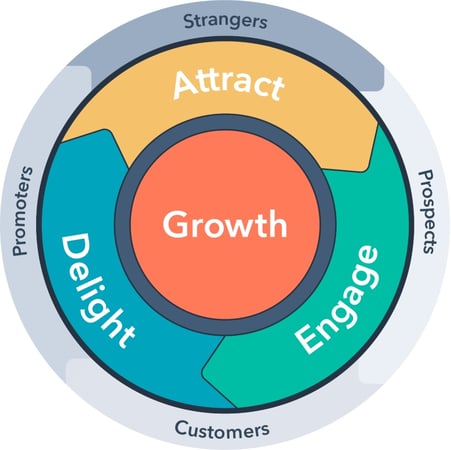
How we help you win with Inbound Marketing
BIAS leverages our decades of experience across go-to-market strategy, content production, search engine optimisation and product marketing to deliver continually optimised results.
Why not take our free online marketing assessment to get advanced feedback and answers on your current marketing strategy?
Inbound Game Plan + Playbook
Messaging Optimisation
Content Creation
Search Engine Optimisation
Enhanced Reporting and Attribution
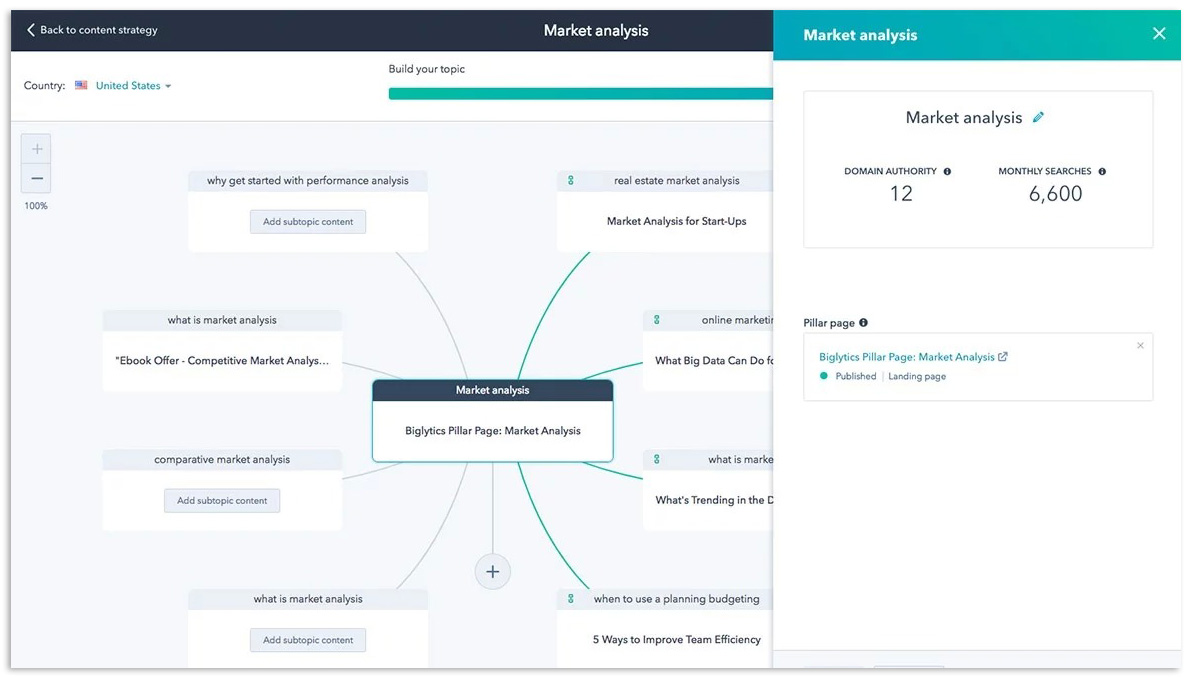
Solid content experience
BIAS uses our strong content experience in copy, video, podcasts and design to curate a mix that finds your customers where they want to be found.
The content is high quality, uses the latest in AI and is relevant by source and target audience. Our work carries full citations, does not rely on ChatGPT and is outcome-focused, moving you away from the same old features and benefits-led content that stifles your differentiation.
Search engine optimisation (SEO)
Search engine optimisation is a crucial element in your inbound marketing strategy. At BIAS, we employ the latest SEO tools, including SEM Rush and Screaming Frog, to ensure your content performs with on-page and technical SEO support.
This leads to:
- improved search engine rankings and results
- increased website traffic from your target audience
- higher propesnity to win new business
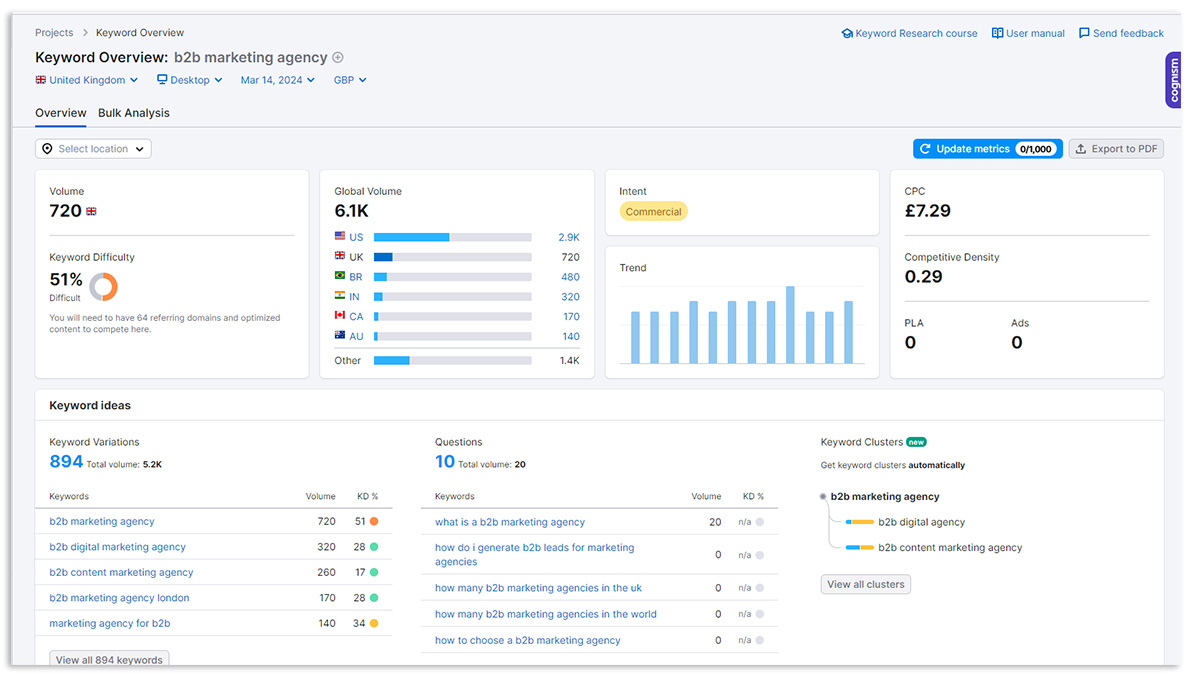
Email marketing and lead nurturing
We help you target, acquire, nurture and qualify your prospects and current email lists with HubSpots marketing automation hub.
Our proven expertise enables you to:
- generate strong returns on your investment
- create deeper personal connections with customers and prospects
- segment effectively
- consistently iterate with continuous A/B testing
Social and paid social media
Including social media channels in the inbound marketing mix is standard practice. Here at BIAS, we focus on strategies targeting well-known channels like X (Twitter), LinkedIn, Instagram, TikTok and Reddit and industry-specific channels on Slack.
With a deeper investment in technology, you can curate social campaigns at specific accounts and use paid social to target them with teh right message at teh right stage of the funnel.
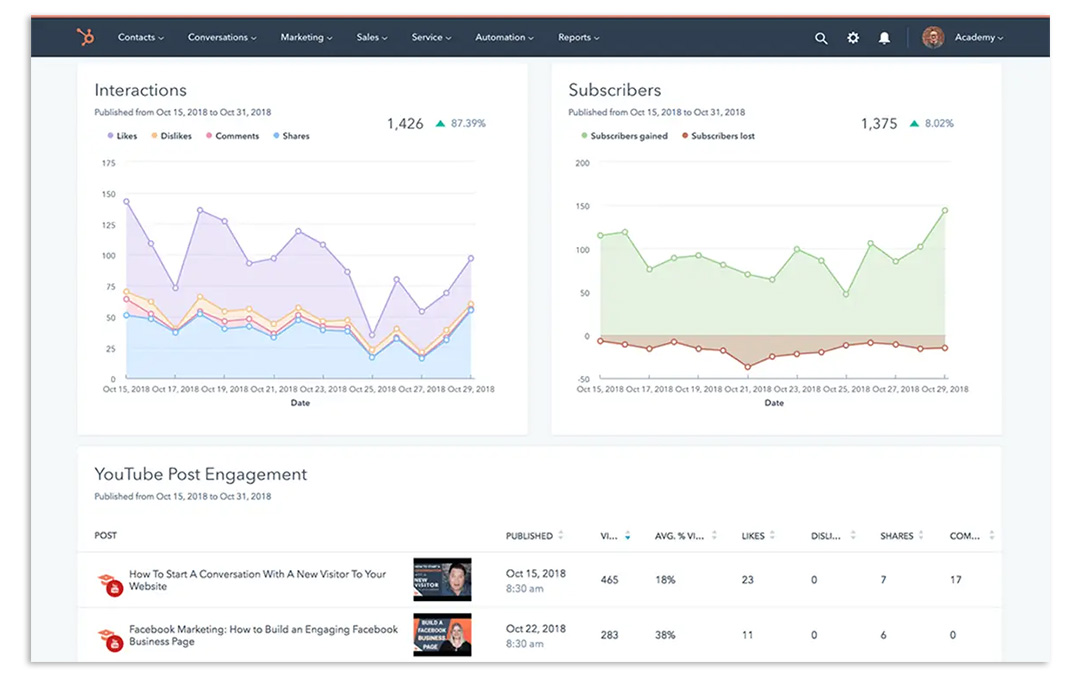
Programmatic advertising with intent
When it comes to paid advertising, let's look beyond PPC, which is delivering dwindling results and returns, and invest in tools that include intent data.
Knowing who is in the market, when and for what products and services allows you and your team to focus ad budget on the most likely prospects to engage.
Back your ads with solid copy and compelling messaging, and you have a recipe for long-term success.
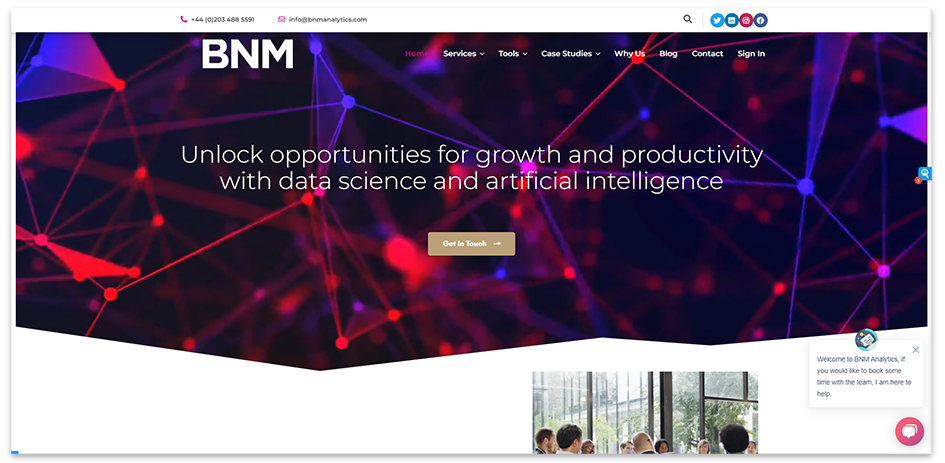
BNM Analytics B2B Inbound Case Study
How we’ve leveraged success using inbound marketing and HubSpot
Discover how we:
- Strategised and executed a persona-driven content strategy
- Built a bespoke tool using HubSpot for lead generation
- Ideated a workflow to nurture prospects further along the flywheel.
And more…
Frequently asked questions
What types of business does BIAS specialise in?
Our primary areas of specialism are B2B SaaS, Fintech and B2B services.
However, BIAS also has a lot of experience with eCommerce and marketplaces as well as commercial real estate.
Are your frameworks and playbooks off the shelf?
No. We apply many common frameworks and condense them, forming our ARISE™ proprietary framework.
Our expertise and consistent professional development enable us to continually update our processes to enable fast optimisation of your go-to-market strategy.
How do you keep up on the latest developments in inbound marketing?
Unlike a traditional inbound marketing agency, BIAS is also a consultancy business. We focus on understanding how the landscape shifts and communicating that directly to our customers and prospects.
Moreover, we like to test what we have learned on our strategy before sharing the results.
Do you have case studies and testimonials?
We have a range of case studies covering many of our products and services, backed up by on-site testimonials copied from the Hubspot partner directory.
Many of our customers are happy to speak with our prospects for added verification.
Are you a full-service agency?
Full-service agency is a term we are uncomfortable with here at BIAS. We know our strengths and we play into them hard.
Strategy, content marketing, well-practised frameworks and playbooks and a pin-point focus on optimised tech stacks. We have partners we can refer to for the things we don't offer.
How do you price your services?
Our team of senior specialists has decades of combined experience. We operate on a value-based pricing model that reflects experience, seniority, and our ability to move quickly.
